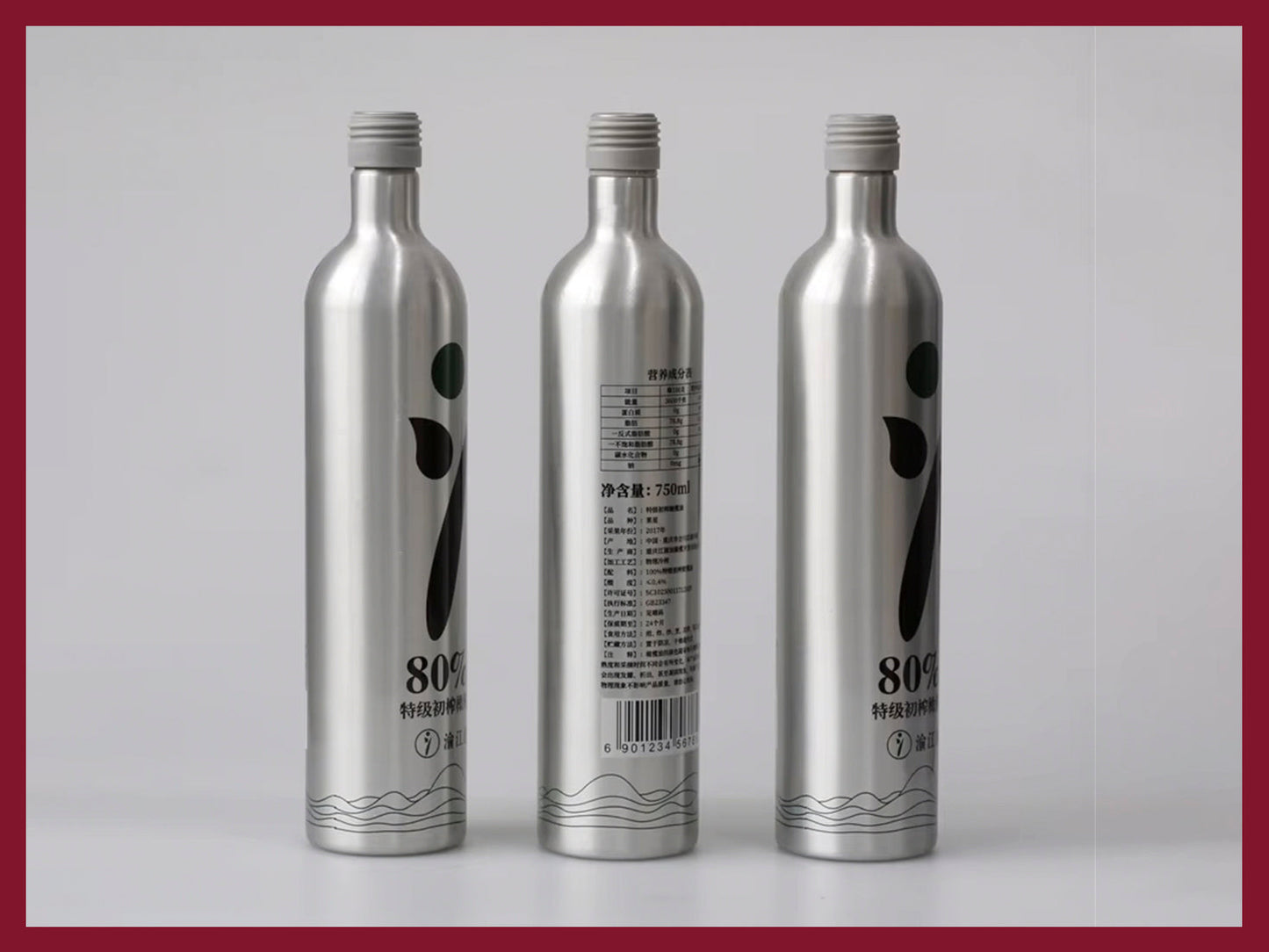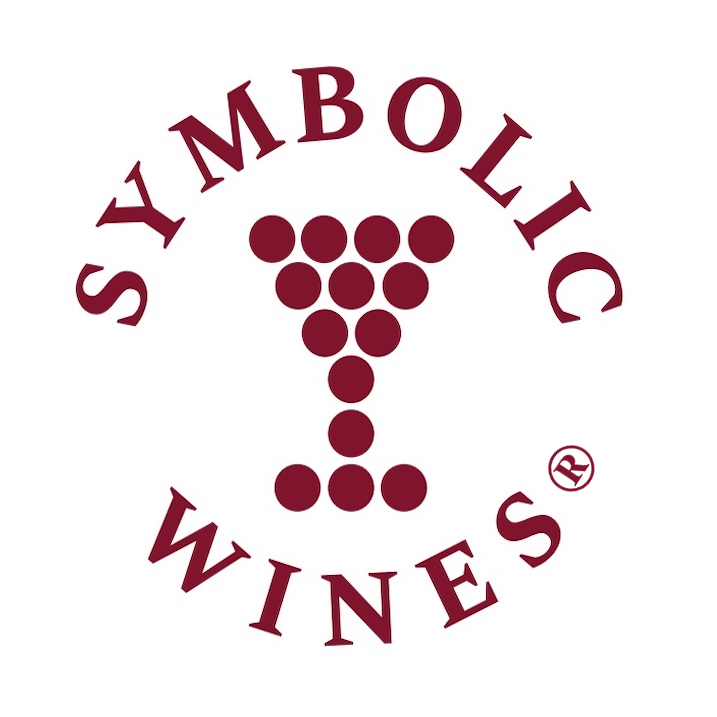
Text by: SW Team
Behold the unbreakable! Australian winemaker Brown Brothers has introduced what it claims to be Australia’s first full‑sized aluminium wine bottle, in a bid to reduce its packaging and transport carbon emissions. The bottle is 40 % lighter than a traditional 750 ml glass bottle and can be returned under the container deposit scheme for 10 cents. The innovation is driven by environmental concerns. Packaging and transport account for over 70 % of the wine industry’s supply‑chain emissions, according to industry data. Brown Brothers’ head of innovation, Emma Brown, says the lighter aluminium format reduces transport weight significantly—on a pallet the saving can be around 400 kg.
Despite the environmental benefits, the move comes with challenges. The company notes that customers have been sceptical: some consumers didn’t believe the aluminium container held the standard 750 ml volume, and there has been some push‑back from traditional wine drinkers used to glass. Additionally, sourcing the aluminium bottles from overseas (the US) currently adds cost, so the format is more expensive than conventional glass packaging.

Photo: labelsandlabeling.com
Alternative wine bottle formats on the market
Beyond Brown Brothers’ aluminium bottle, other packaging innovations are gaining momentum in the wine sector. Globally, several brands are experimenting with full‑sized aluminium bottles for wine. Aluminium is “lighter, faster to chill and less carbon‑intensive to make than glass. For example, UK startup Vinca has introduced 75 cl aluminium bottles made from 100 % recycled aluminium. The company claims a ~47 % lower carbon footprint compared to glass for the bottle lifecycle. The bottles are unbreakable, lightweight, and visually distinctive—appealing to younger, sustainability‑minded consumers.
Other packaging alternatives include paper‑based bottles (such as those pioneered by GreenBottle) and flat‑bottle formats designed for efficient shipping and lower material use. Paper bottles, while attractive for their very low weight and novel design, face recycling and material‑complexity challenges.

Photo: vincawine.com
Why the shift?
The heavy weight and high‑temperature energy use of glass production make glass one of the largest contributors to wine’s packaging carbon footprint. Brown Brothers notes that glass furnaces run at ~1,400 °C. Lighter bottles mean lower transport emissions. Aluminium’s higher thermal conductivity also means bottles can chill faster and potentially improve convenience. Recycling of aluminium is well established: once made, aluminium can be recycled infinitely without loss of quality—an advantage over many composite or multilayer materials.
